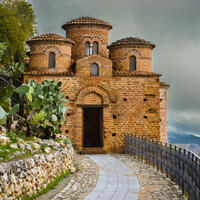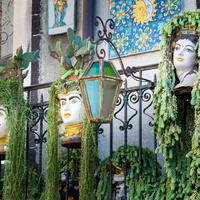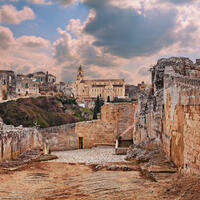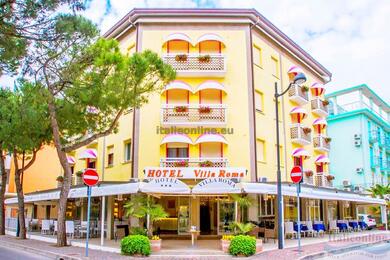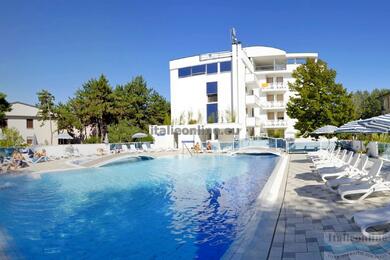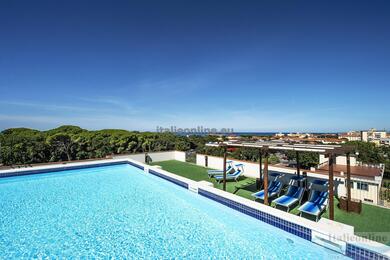Portogruaro is within driving distance (about half an hour) of Italian seaside resorts such as Bibione, Caorle, Lignano Sabbiadoro, Jesolo. It is situated on the river Lemene. With its picturesque streets, historical monuments and friendly spirit, Portogruaro offers an unforgettable experience to everyone who comes here.
A walk through the historic centre is like a journey through time. There are old palaces and houses with arcades dating from the 14th-15th centuries. In Piazza della Repubblica you can see the red-brick Gothic Town Hall, built in 1372.behind the town hall you will find the Oratorio della Madonna della Pescheria, a small wooden chapel right in the arcade. It has served fishermen on the Lemene River since the 17th century.
The Duomo di Sant'Andrea Apostolo also stands near the Piazza della Repubblica. The interior of the church features paintings by local masters from the 15th to the 19th century. But what is sure to catch your eye is its free-standing bell tower, the construction of which began in 1876. It soon began to lean and is now leaning about 42 cm from the base of the bell tower. It is thus the third most sloping tower in Italy!
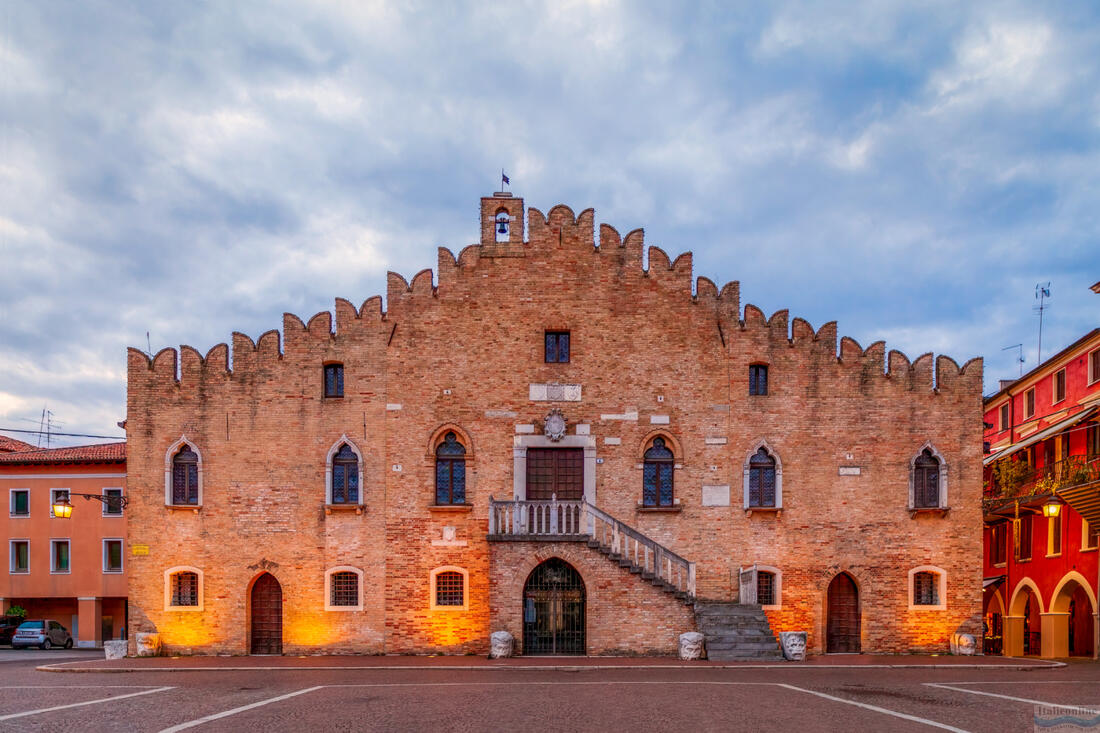
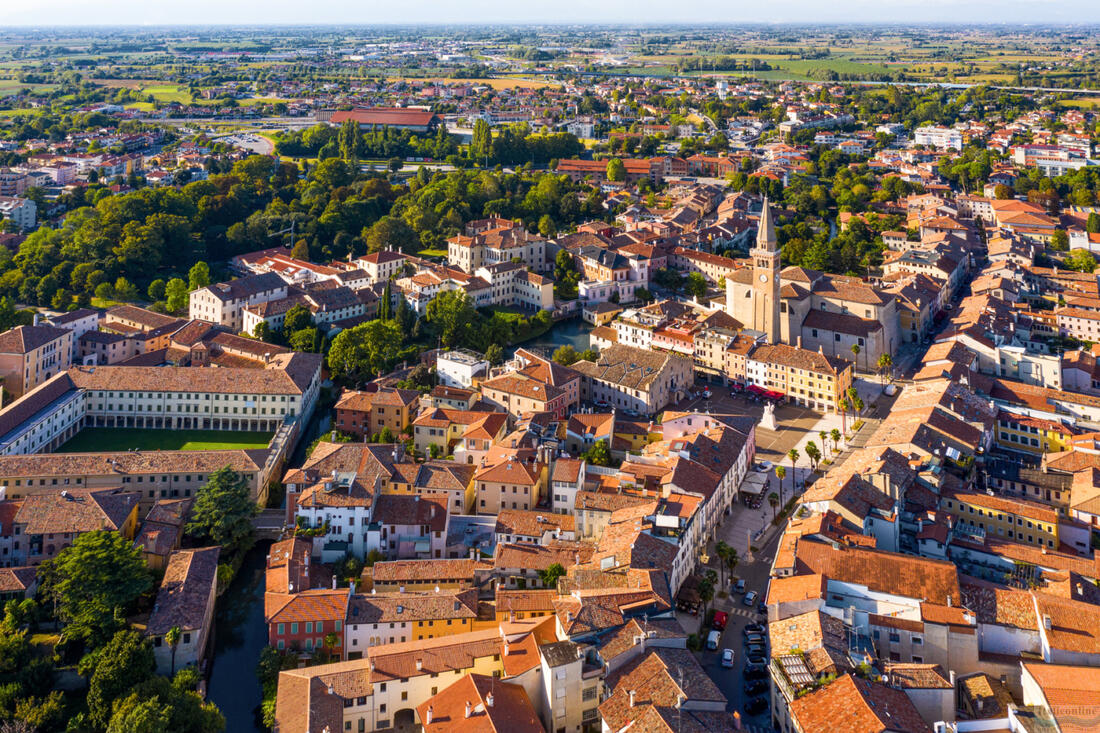
While visiting Portogruaro, be sure to also stop by the iconic 12th century church of San Giovanni Elemosinario, with its stunning facade and ornate interior.
Also not to be missed is the Castello di San Martino. Its massive walls, bastions and towers testify to its original military purpose, while the elegant palatial spaces hint at its later role as the residence of a noble family.
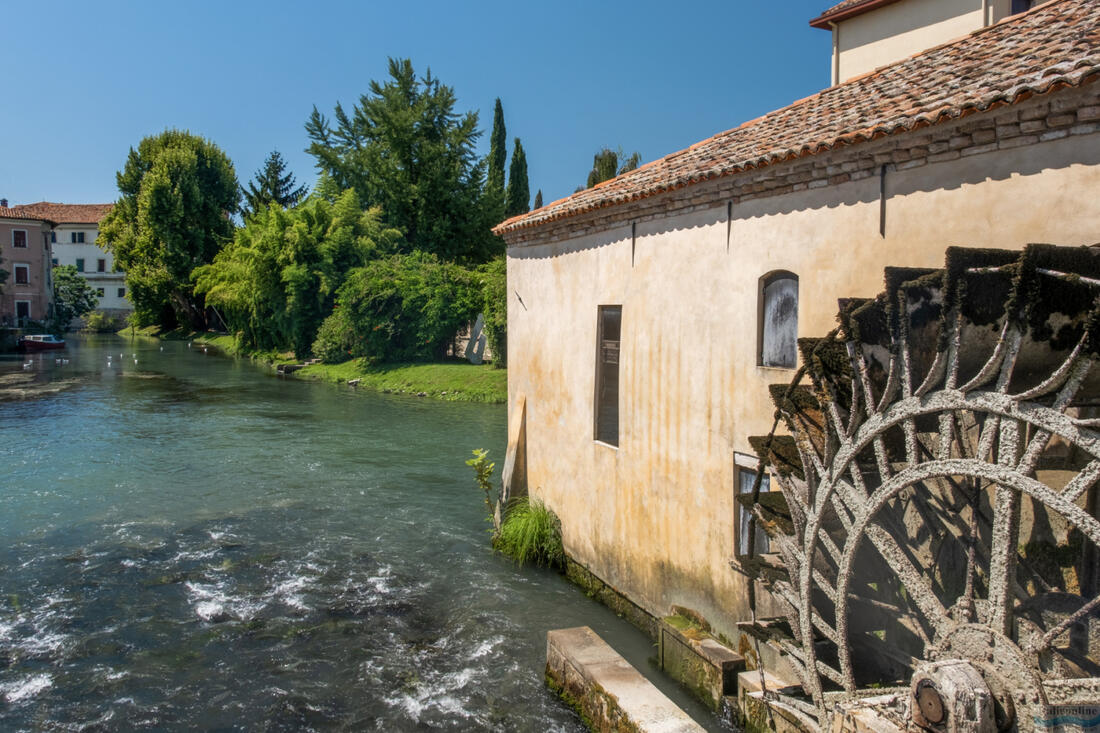
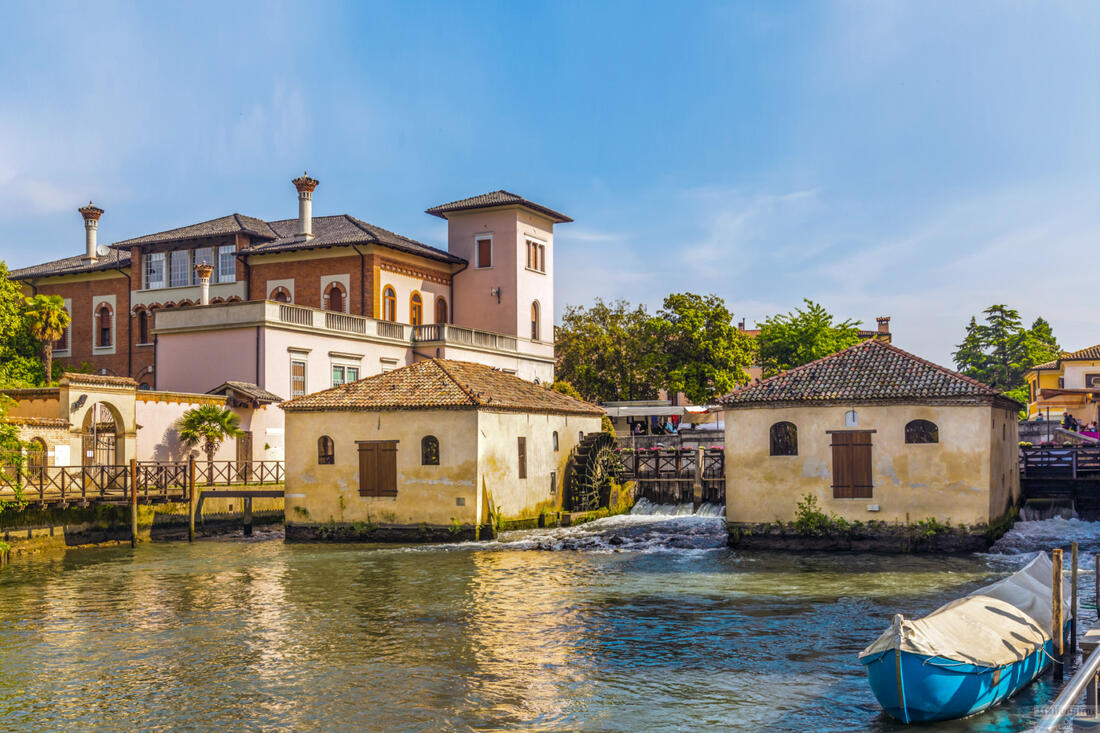
Portogruaro is also home to several mills, which form an important part of the town's heritage and are of cultural and historical importance. These mills were important in the past for the local economy and agricultural production. Some of them have been converted into museums or cultural centres. For example, the Mills of St Andrew were founded in the 12th century by the Bishops of Concordia. In the 15th century they had up to ten mill wheels. They were used to grind grain. The bishops owned them until 1867 and their coats of arms are still visible on the facade. The Ponte di Sant'Andrea bridge has been next to the mills since 1353. There are many similar picturesque medieval bridges over the River Lemene with breathtaking views of the surrounding area.
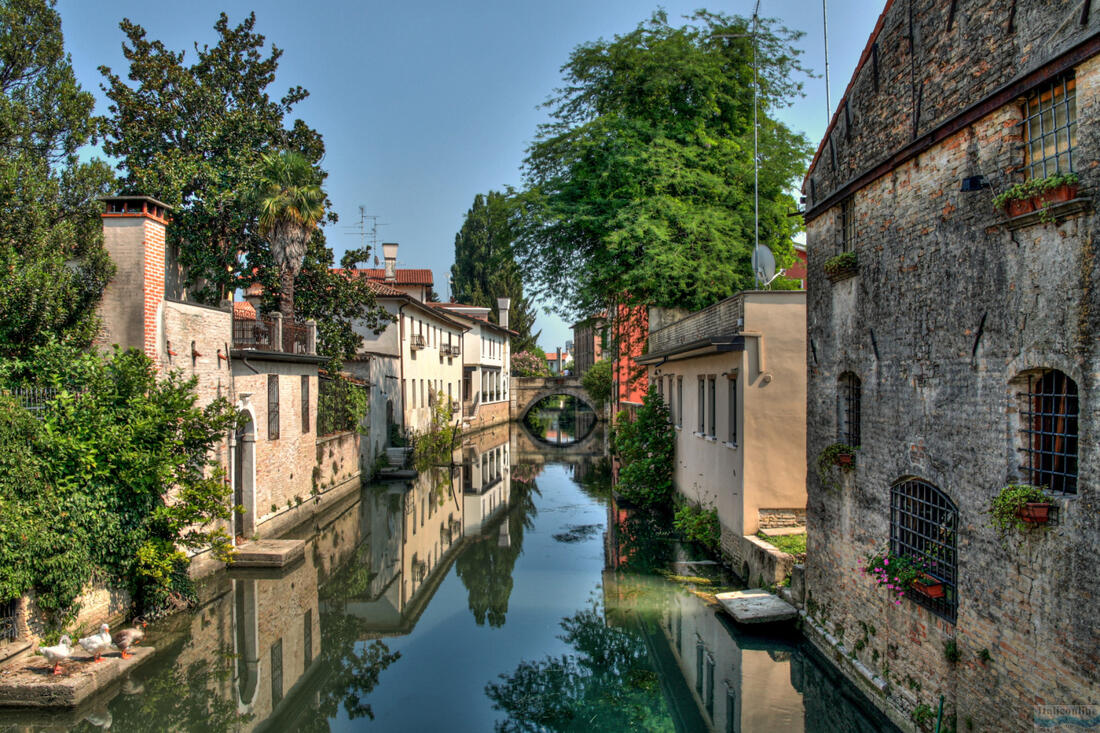
Did you know?
Portogruaro hosts many festivals and cultural events throughout the year, including traditional celebrations of Italian holidays, music festivals and art exhibitions. Famous is the Mead Festival, which attracts lovers of this delicious delicacy from all over Italy and abroad to Portogruaro every year. It takes place during the summer, usually in June or July. Visitors can enjoy a wide range of honey products and learn about traditional honey-making techniques.


